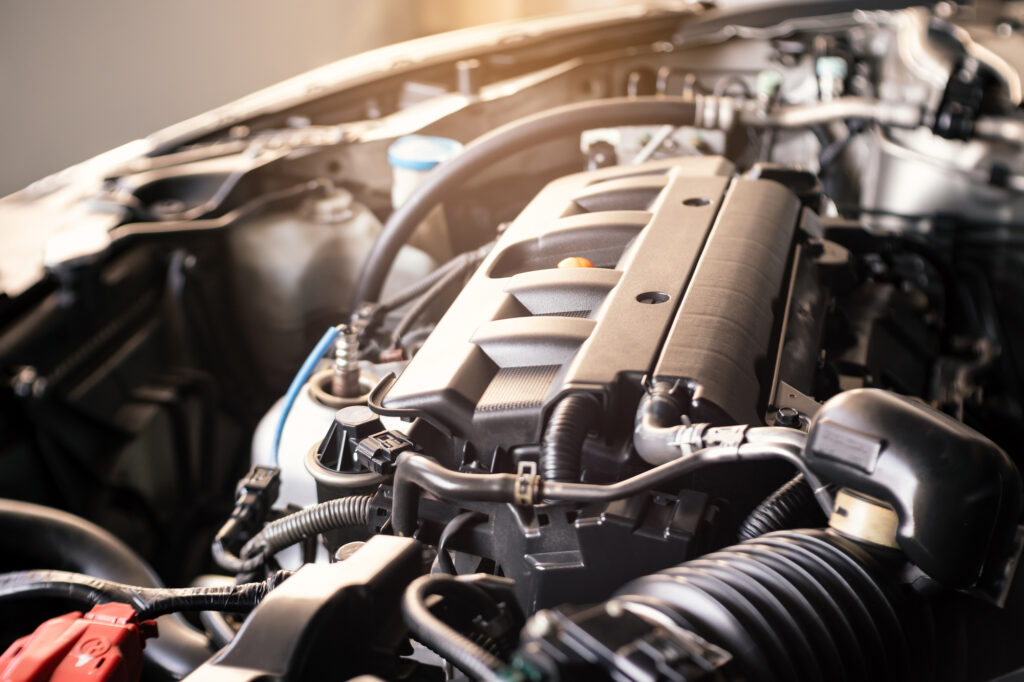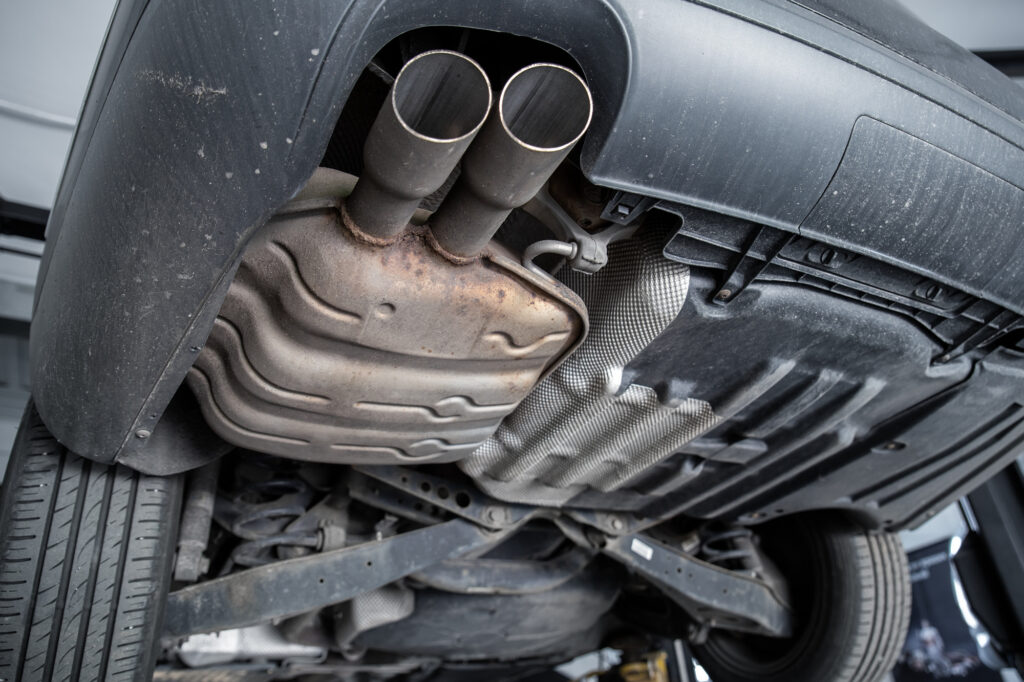A well-tuned engine isn’t only an indicator of a car in prime condition; it also symbolizes commitment to environmental sustainability. One unsung hero ensures the rhythm of responsibility towards the environment – an aftertreatment system. Its role? To ensure harmful exhaust emissions are significantly reduced before being released into the atmosphere.
To support this crucial role, it’s important to understand the various components of the aftertreatment system and how to maintain them. DPF Parts Direct, a recognized authority in the field with years of experience, serves automobile owners, mechanics, and enthusiasts with insights into vehicle maintenance.
Understanding The Aftertreatment System

The aftertreatment system, composed of several key components, is essential in reducing harmful exhaust emissions. Here are the four key components that deserve your attention:
- The Diesel Particulate Filter (DPF) plays a key role in trapping and storing exhaust soot particles, thus minimizing their release into the atmosphere. It’s crucial to prevent clogging and maintain effectiveness by frequently inspecting the DPF for soot buildup.
- A key player in reducing Nitrogen Oxide emissions, a major contributor to air pollution, is the Selective Catalytic Reduction (SCR). It leverages a urea-based diesel exhaust fluid (DEF) that reacts with Nitrogen Oxide (NOx) emissions and transforms them into harmless nitrogen and water.
- The Diesel Oxidation Catalyst (DOC) is tasked with converting carbon monoxide and other harmful substances into less damaging byproducts. By initiating an oxidation process, harmful gases are transformed into water vapor and carbon dioxide, mitigating their environmental impact.
Knowledge of each component’s role facilitates better maintenance, early detection of issues, and improved vehicle health and performance. As we look deeper into this topic, you’ll further appreciate the pivotal role of maintaining your aftertreatment system in the quest for environmental sustainability and efficient vehicle operation.
Importance Of Proper Maintenance
Consistent maintenance of your aftertreatment system not only ensures optimum vehicle performance but also contributes significantly to emission control and environmental health. Consider the following:
- Emission Control. Proper maintenance ensures your aftertreatment system reduces harmful emissions effectively.
- Impact On Vehicle Performance. An efficiently operating aftertreatment system indirectly aids in fuel optimization and enhances engine performance, averting common symptoms of malfunction such as power loss, poor throttle response, and increased fuel usage.
- Environmental Responsibility. Given the escalating concerns about environmental degradation, routine upkeep of your vehicle’s aftertreatment system is essential. By minimizing the release of harmful pollutants, you’re actively contributing to a more sustainable environment.
- Preventive Care Can Reduce Costs. Consistent care helps identify potential issues early, circumventing expensive repairs in the future. By keeping an eye on system components and their performance, you can mitigate risks of severe damage.
- Compliance With Emission Standards. Not adhering to the stringent emission standards set by environmental authorities could lead to penalties or disqualifications. Systematic maintenance of your vehicle can help avoid these.
Appreciating these crucial aspects can encourage adherence to your vehicle’s aftertreatment system maintenance schedule. In the following section, we will examine some practical guidelines for maintaining your aftertreatment system.
Practical Guidelines For Routine Upkeep
While the system’s upkeep might seem daunting, a proper understanding and systematic approach make it manageable. Let’s explore some tips for regular maintenance of your aftertreatment system:
- Routine Inspections. Undertaking routine inspections is fundamental and should be conducted according to the manufacturer’s recommendation. Inspect the DPF, SCR, and DOC for any signs of wear or tear. Check for any visible soot buildup in the DPF, monitor the color of the exhaust smoke, and listen for any unusual noises. These checks help identify any potential damage early on.
- Managing Fluids: Regular monitoring is necessary for Diesel Exhaust Fluid (DEF), which is crucial for curtailing NOx emissions. Therefore, it is crucial to maintain appropriate DEF levels. Refill the DEF tank when it reaches the ‘low level’ indicator. Use only the DEF fluid recommended by the vehicle’s manufacturer to ensure optimum system performance.
- Cleaning And Component Replacement. Components like the DPF, which may accumulate soot and ash, can lead to blockages. Frequent clean-up or replacement of these components, depending on the manufacturer’s guidelines, can ensure efficient operation.
- Identifying Signs of Damage. Familiarize yourself with potential signs of system malfunction. Unusual warning lights on your dashboard, reduced fuel efficiency, increased oil consumption, or noticeable changes in your vehicle’s performance could signal a malfunctioning aftertreatment system. For instance, frequently checking your in-dash fuel economy display can help you monitor your vehicle’s fuel efficiency, any sudden drop in the numbers may indicate a problem with the aftertreatment system.
- Updates In Vehicle’s Software. In some cases, the issues could be related to your vehicle’s software. Updated vehicle software can help avert common aftertreatment system problems.
These guidelines can enhance your aftertreatment system’s lifespan and functionality. Consistent care can keep minor concerns from growing into costly repairs. The next section delves into more advanced maintenance and troubleshooting techniques for complex issues.
Continuing Maintenance And Troubleshooting

Despite consistent maintenance, complex issues may still arise occasionally. These situations require advanced troubleshooting and diagnostics. Consider the following:
- Typical Issues. You might encounter issues such as a clogged DPF, DEF crystallization, or SCR malfunction. Understanding the potential causes can help in early diagnosis.
- Diagnostic Checks. Constant diagnostic checks can identify problems early on. Some of these checks can be performed at home, while others might require professional expertise.
- Seeking Professional Help. Knowing when to seek professional advice. Some issues may necessitate specialized intervention to prevent further complications.
Advanced troubleshooting steps may seem challenging, but with the right understanding, you can ensure your vehicle remains in peak condition. Remember, consistent upkeep and expert help, when needed, can prolong the life of your aftertreatment system.
Aiming For A Greener Future
Ultimately, understanding and maintaining your vehicle’s aftertreatment system is paramount in reducing harmful emissions and optimizing vehicle performance. Being proactive with inspections, fluid management, and early damage recognition are key. For advanced issues, diagnostic checks and professional assistance may be needed. By investing your time and effort into the maintenance of your aftertreatment system, you contribute to the overall health of your vehicle and the environment, ultimately driving towards a greener, more sustainable future.







Leave a Comment
You must be logged in to post a comment.